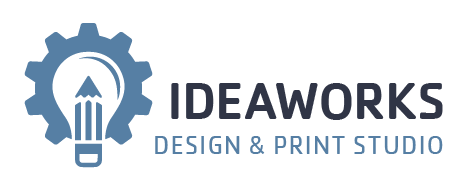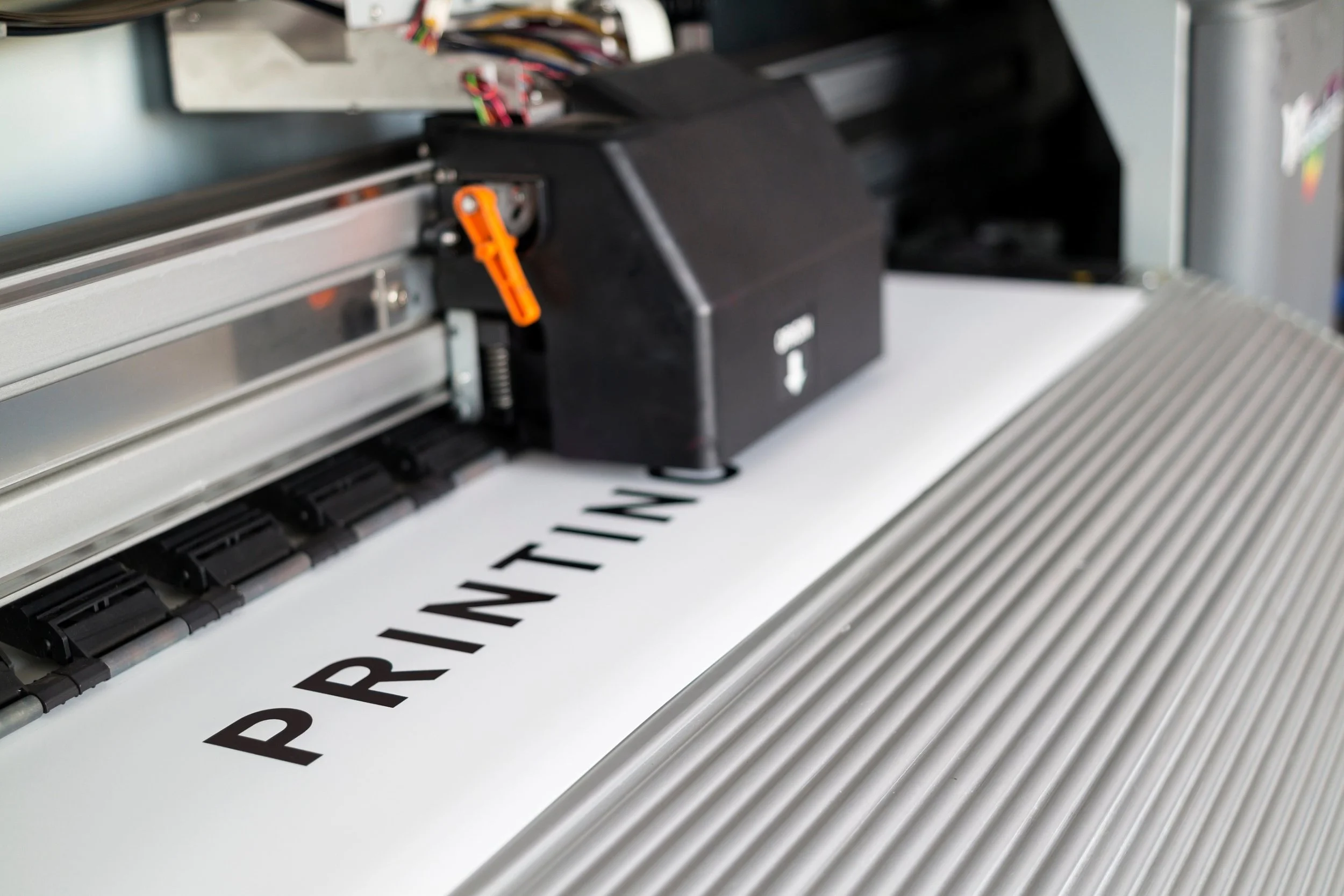DPI, PPI, LPI — What’s the Difference?
(Adapted from the Adobe FAQ Community Forum)
“Resolution” refers to the level of detail in an image and understanding it as a consumer will help ensure that you get a quality product when you either provide images to your designer or finalize a contract with a printer. Make sure that you are doing your homework and understanding what resolution is necesary for both quality input and output!
——-
Resolution is generally stated in one of three ways: as dots per inch (dpi) for device output, pixels per inch (ppi) for actual image resolution, or lines per inch (lpi) for commercial printing. Although each of the terms refers to the smallest element of an image, they don’t mean the same thing.
If that sounds confusing, it’s not just you. From printer and scanner manufacturers to designers and prepress departments, the terms are sometimes used interchangeably, or without a clear understanding how or when they should be used. Nonetheless, it is important to understand and use the terms correctly to prevent confusion in communication, or worse, expensive, time-consuming mistakes.
PPI
Let’s look at the term you will most often be concerned with, ppi, or your Image’s true resolution from pixel-based applications, like your camera or programs such as Photoshop. This is specified in pixels per inch (ppi). Magnify an image several hundred percent on your monitor, and each square in the checkerboard grid you see is a single pixel (from the term, “picture element”). Image detail is formed from the color values of the individual pixels and how they are arranged in relationship to other pixels. The more original pixels, the more detail.
There is no additional or hidden detail in any one pixel you can conjure up from a low-resolution image. Resampling the pixels upward in a low-resolution image simply gives you a larger low-resolution image. This is a common problem when attempting to use a standard low-resolution web-based image in high-resolution print reproduction at anywhere near its original dimensions.
Devices that have output specified in ppi include cameras, scanners, and computer monitors.
LPI
For commercial offset printing, images have to converted electronically or by traditional litho film and halftone screens to a pattern of dots, with a resolution measured as so many lines per inch. This step forms a grid of equidistant dots of varying sizes on the printing plates, each dot attracting ink and simulating a specific percentage of solid color. The resulting printed images are called halftones. Before computer technology, halftones were created using finely scored glass plate screens, so you will also see the term “halftone screen” or “line screen”. Higher quality printing uses finer screen values.
For offset printing, the standard image resolution is 300 ppi at 100% image size, for printing at 150 lpi; a ratio of 2:1. You can certainly use images that are sampled at somewhat higher rates but there is no benefit — won’t give you more detail in your printed image due to the limiting resolution of the halftone screen.
Vector-based images, such as those created in Illustrator, or most editable fonts, are based upon mathematical curves, not pixels. As such, they are infinitely scalable, and will be absolutely sharp at almost any size. But when they are finally output, these vectors are still first converted to the finite elements of the desktop printer or commercial press, just as pixel-based images are. Exceptions include “solid” ink color (unscreened, maximum ink density) in offset printing, such as black type or linework, which have no dot pattern.
DPI
This is the usual specification for resolution of output devices, such as desktop printers, film recorders, RIPs (imagesetters), and (again) computer monitors. For computer monitors and film recorders, there is a 1:1 ratio between the ppi of the digital image file and the dpi of the output device. In most other cases, especially with today’s typical desktop inkjet or laser printers, there is a vast difference between dpi and ppi. At an inkjet printer’s, say, 2880 dpi resolution, many micro dots of ink are used to build one image pixel. Even though some of these resolutions sound impressive, you often cannot tell the difference in print quality between a 2880 dpi print and one made at 1440 dpi.
Rescanning or recreating your pixel-based reflective art image at a higher ppi is not a practical option for enhancing detail. First, you will end up with an unwieldy file, larger than necessary. Secondly, the high native dpi of your inkjet is to give you smoother, more photo-like tonal transitions and perhaps crisper type and fine rules. It won’t give you any usable increase in image detail.
PRO TIP: Leave image manipulation up to your graphic designer and DO not edit your images yourself! If you hire a professional, they will have a full understanding of what needs to be done with your images to ensure quality printing for your specific project. Not sure how to hire a good designer? Learn more at: How to Hire a Designer

